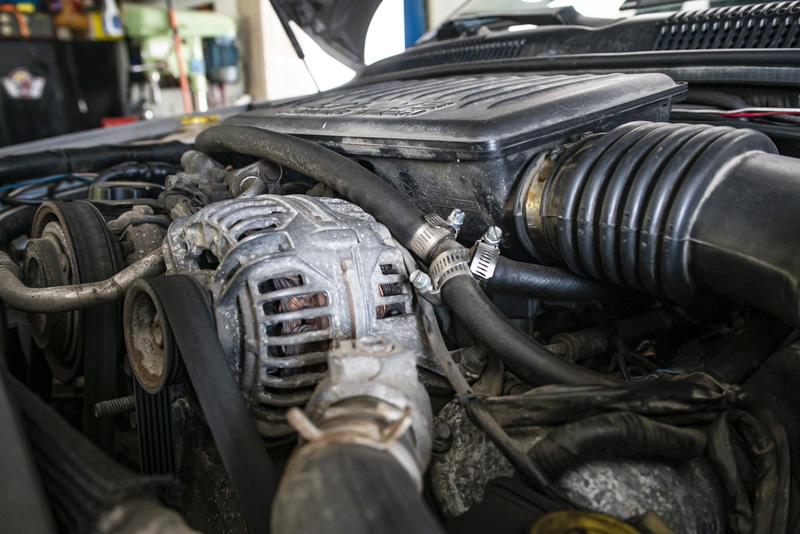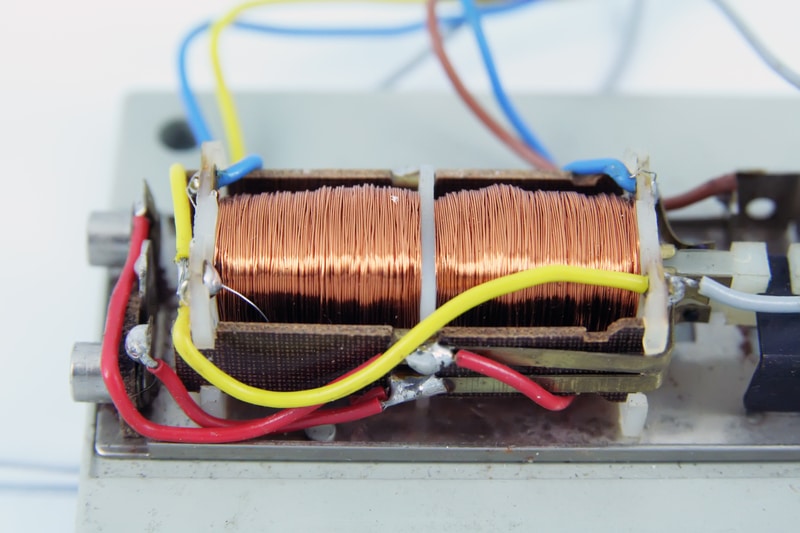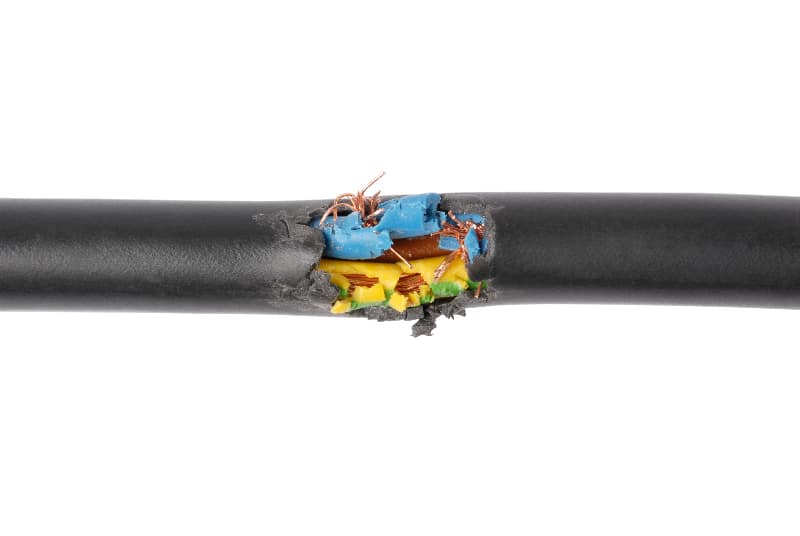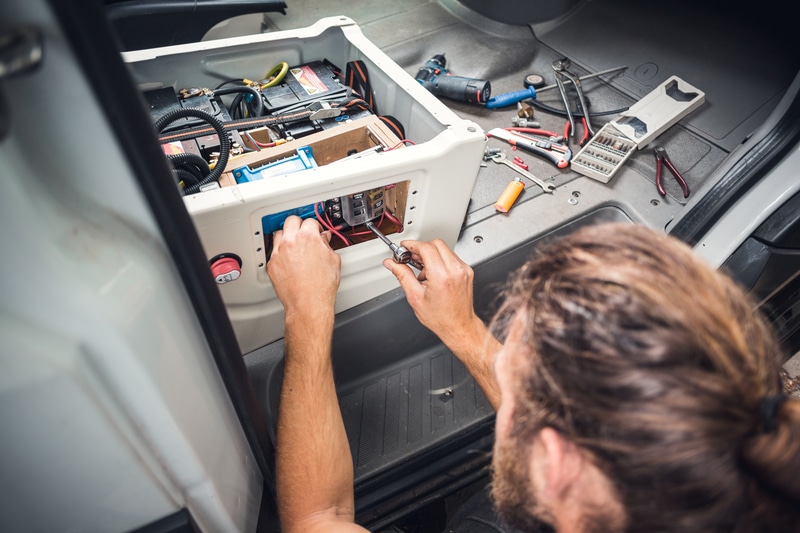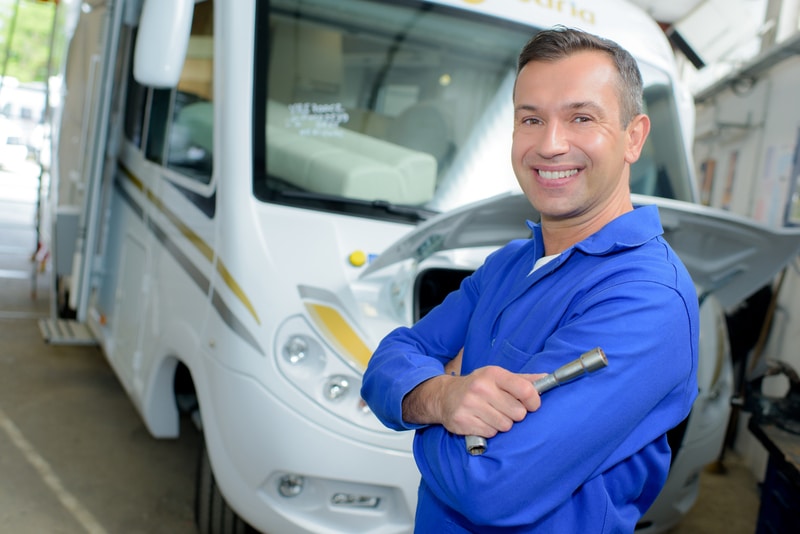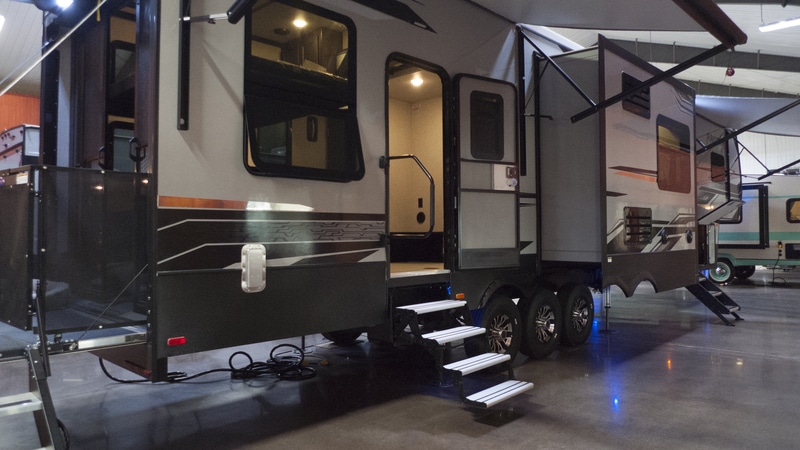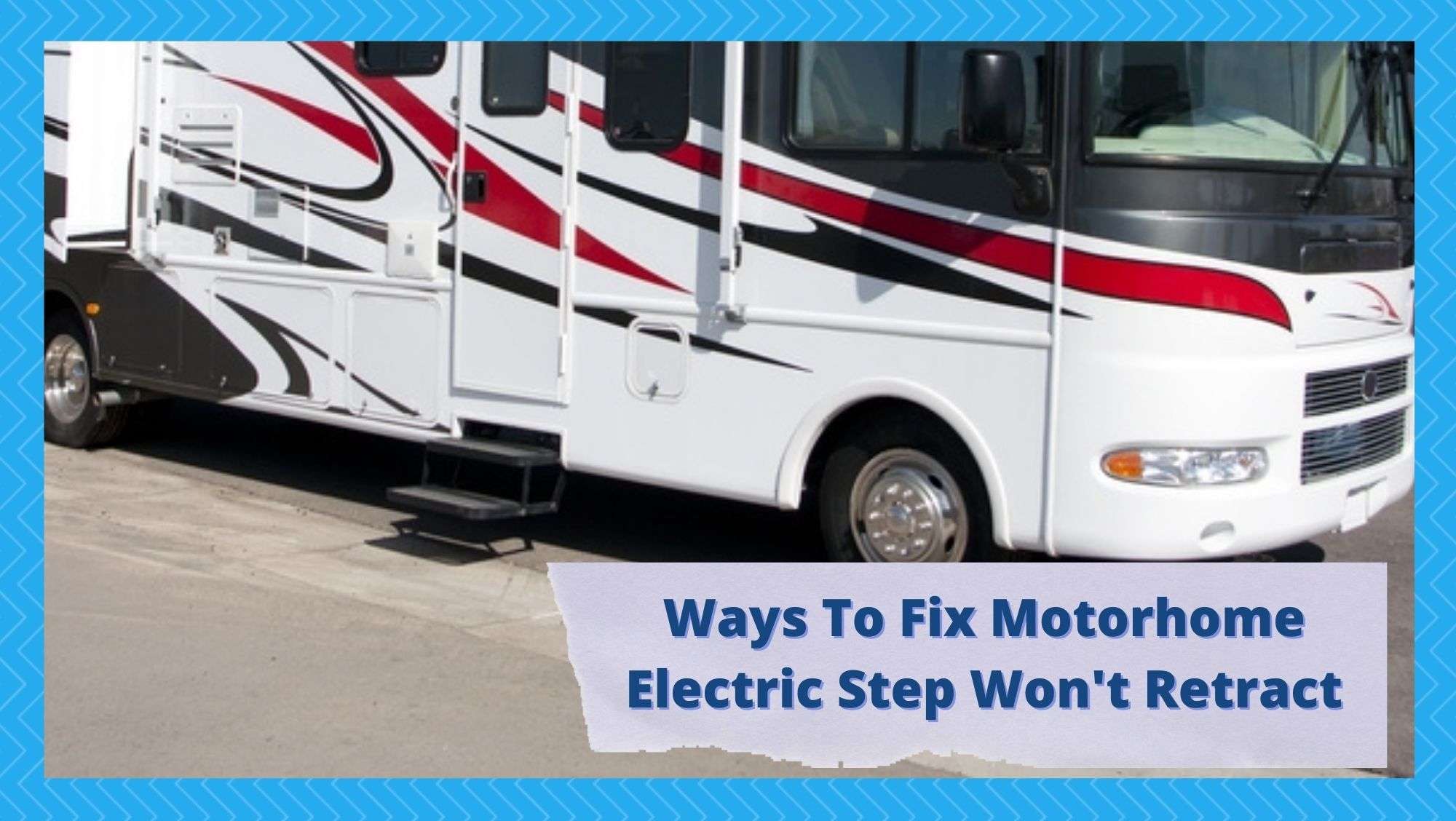
It may appear to be a simple problem, but ultimately, a malfunctioning step can be hazardous. It is one of those typical RV features which operates so flawlessly that when it fails, you are left wondering how you could possibly manage without it. An electrical step is critical for safely entering and exiting your RV.
This is especially true of modern RVs that have a much higher ground clearance to allow for more difficult driving conditions. Reading this article will equip you with the information required to resolve the most common issues and how to get them back up and running in the best way possible.
Ways To Fix Motorhome Electric Step Won’t Retract
1. Particle Build Up
If you operate the retracting switch, as usual, it may make a mechanical noise without the desired effect. Often this is a more hopeful response than nothing at all. However, this can be symptomatic of more concerning issues.
Firstly, note whether the mechanical motor noise you hear is the same as usual. If it sounds right, then watch the step closely when it is activated to establish if there is any movement at all. Observe the condition of the steps as well, noting if they seem corroded or have substantial particle build-up
If there is subtle movement but not a full retraction, then there may be a simple issue with the metalwork. Consider the fact that the step is continually exposed to the wet and gritty earth. As the RV moves, particles are continually being propelled at the step, causing build-up and corrosion over time.
Moreover, salt will likely be added to the road if you drive in colder areas. Even the most hardened galvanised metalwork is susceptible to salt water over time which can quickly cause corrosion of metal bubbling. The damage can easily interfere with the operations of the steps rendering them useless.
To resolve the particle issue, you should thoroughly clean the step using hot soapy water and a wire brush. Be sure to scrape as much of the build-up as possible and free the mechanism. While you are scrubbing the step, it is advisable to lubricate the moving parts too.
Use a wet specific lubricant and apply it to all the moving components. Lack of lubrication can also cause malfunctioning steps, so it is recommended that you clean and lubricate at the same time.
2. Magnet Misalignment
More technical and advanced steps are automatically operated. They utilise an innovative design which operates a switch dependent on magnet alignment. Essentially, the RV door is opened, it disconnects the magnets and indicates to the control system that the steps are required.
If the door is not installed correctly or has begun to sag, it may misalign these magnets. In addition, if the magnets fail to come into contact, the steps will remain permanently extended, leaving the user scratching their heads. The most effective method for testing this theory is to close your RV door and check if it closes easily.
It might be scraping the bottom of the frame or needing to be forced closed. These are clear indications of a faulty alignment which will need to be addressed. If this appears to be the case, then identify the location of the magnet on the interior door frame.
Closely observe to see if the magnets on the door align appropriately. If the magnets are fractionally off, it will not allow the system to function correctly. Confirm that this is the problem and reinstall the door appropriately to resolve this issue instantly.
3. Connectivity Issue
Similar to many components of modern RVs, steps operate using the onboard electrical power of the RV itself. These homes on the wheel have had to adapt quickly to the market demands, which expect a flawless continual power source while on the road.
However, electrical installations are notoriously complex and can quickly cause difficult issues that are challenging to resolve. It should be noted that the step and its accompanying motor are exposed to the harsh conditions of any element of your RV.
Moreover, it affects the wiring that is fed from the RV into the lower bodywork. Often this can result in a host of electrical issues. If there is an electrical issue, the steps will not respond when they are activated.
So whether it is automatically extended or it uses a rocker switch, the cleaning and lubrication of the steps should be completed first. Cleaning and lubricating is good practice and allows you to clear any debris from the entire area and inspect the wired connectivity.
Appliances and components in RVs experience more extreme operational environments than most. They encounter all wethers and severe vibrations and knocking from driving. It can easily chafe or loosen wires connected to the motor underneath the RV. Inspect the area closely and identify if there is a simple connectivity fault.
If the motor appears connected appropriately, you should consider a fault with the greater electrical system. Firstly, operate other electrical appliances in the RV, such as lights, television and speakers.
If they fail to work, you will likely have a problem with your onboard leisure battery system or a more major fault. Alternatively, if it is only the step that isn’t functioning, you know you have an isolated issue. In this case, consult your user manual and identify the fuse location and rating for the step motor.
It should have a dedicated fuse system and should be replaced like for like. Due to the sporadic power demands in RVs, they tend to suffer from a greater volume of blown fuses than a typical home. If this still fails to resolve your issue, then you should consult a professional, as the problem is likely to be more challenging to resolve.
4. Motor Fault
If everything is connected correctly, you may have a failed electrical motor. These components are designed to be robust and last for some time. Although it is rare, like most electrical devices, they will fail eventually.
These motors are specific to each step, so you must be aware of the correct one to purchase. If this is the case, you may want to contact an experienced local technician, as this can be a complicated and time-consuming endeavour.
Conclusion
Your electrical step is a critical component of a fully functioning and inhabitable RV. Unfortunately, regardless of the make or model, there are some common faults and vulnerabilities which have been associated with these components over the years.
Following the guide above will allow you to identify and inspect most of the typical issues and allow you to get well on your way to resolving them efficiently. So you can prevent any unnecessary headaches and get back to enjoying your Rv experience.

